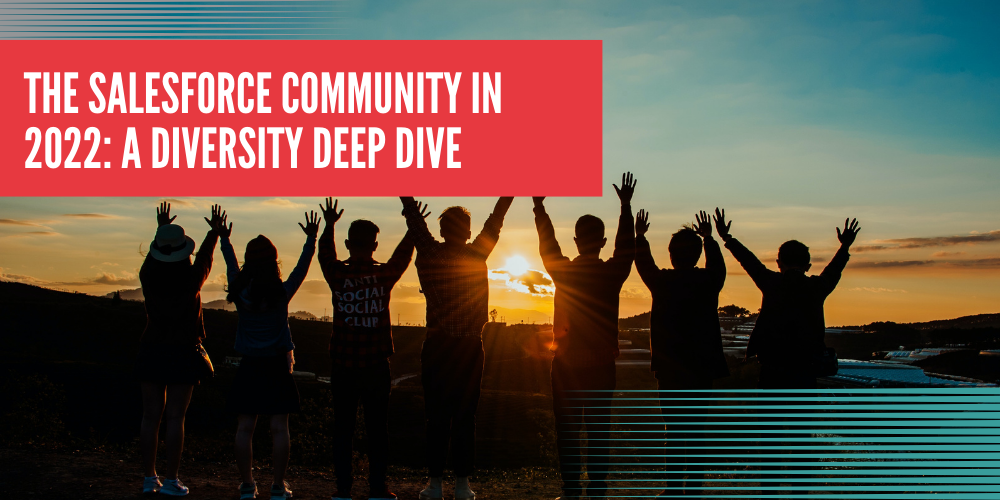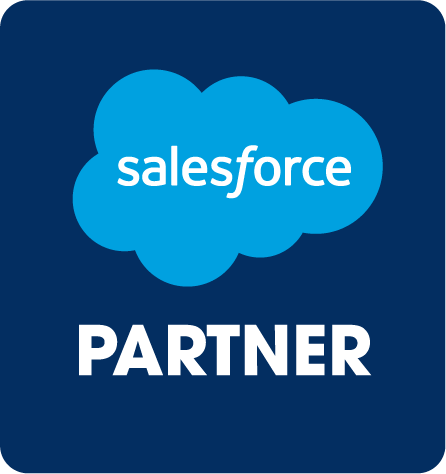
Businesses can no longer simply pay lip service to diversity in the workplace. Legislation protecting employee rights has been introduced and enforced in countries across the world.
Furthermore, not hiring someone based on their perceived differences means missing out on some amazingly talented people, as well as showing a lack of forward thinking. With the tech skills gap even more apparent post-Covid, hiring managers and business leaders are at last beginning to put diversity at the heart of their recruitment processes in order to tap into previously overlooked pools of talent.
Modern businesses, especially in future-focused tech organizations (or companies that rely heavily on digital infrastructure), need a diverse workforce to reflect the diversity of their customers. After all, without having an instinctive understanding of their needs, how can you create a genuine solution? Yet while most senior management teams are committed to making a difference, it’s still proving a challenge for others.
How big is the problem?
The Diversity in Tech Report from mthree, which surveyed more than 2,000 early career workers and 270 business leaders, found that although businesses are spending up to $8bn on diversity and inclusion training, their staff aren’t as diverse as they could be: 51% of respondents admitted they struggled to recruit diverse entry-level talent.
Even more worryingly, 68% of 18–28-year-olds have “have felt uncomfortable in a job because of their gender, ethnicity, socio-economic background or neurodevelopmental condition”—while 50% of respondents said the company culture made them leave (or want to leave) their role.
And the problem exists on a macro-level within the Salesforce ecosystem, too. In the Mason Frank Careers and Hiring Guide: Salesforce Edition, only 52% of employees believe female staff are paid the same as their male counterparts, a figure that drops to 36% when taken from women respondents.
And while those surveyed for the guide generally believed that there is more equality between genders and a supportive environment for those from different backgrounds, there is clearly still more to be done.
Looking to diversify your own team? Why not contact us and see how we can help.
How it affects you
Added to the diversity challenges, there is a very real skills gap in the tech industry, which is having a massive impact on organizations looking to find Salesforce talent. The last two years have seen candidates re-evaluate their professional goals, and The Great Resignation has also become a contributing factor to the lack of tech-savvy professionals available on the market—this has, of course, been coupled with an increased need for digital skills from businesses.
That spike in demand alongside a talent pool not growing at anywhere near the same rate makes for alarming reading. The US has more than four times the number of job openings requiring AI and machine learning skills than in India, the next-largest market for these roles, but there are only eight potential candidates for each vacancy.
So what’s the answer? Well, one key area is to encourage more young people, especially girls, to consider a career in STEM. Unemployment in the US 16-24 age bracket went from 8.4% to 24.4% in the first 12 months of the pandemic, and were even higher for young Black, Hispanic, and Asian American/Pacific Islander jobseekers. So there’s a pool of talent there that the industry needs to be convincing to make the leap.
Tech and digital roles offer far more job security than most other industries in 2022, so it’s important to make these opportunities appealing to a diverse group of people. Highlighting young, differently-abled or employees from different ethnic communities already working at your company shows you’re welcoming and inclusive. Employers need to be at the forefront of this. Access to training and a supportive group of similarly-motivated peers can have a huge impact. Salesforce offers this for free via their Trailhead program, so make sure you chisel out an hour in your teams’ weekly schedule for Learning and Development opportunities, and make that time sacred.
Many companies now have diversity quotas tied into bonuses for senior decision makers but the skills shortage means it’s still difficult to meet them. There is, unsurprisingly, resistance to these, but in the UK for example, such targets are entirely legal.
Norway was one of the first countries in Europe to introduce quotas, and evidence shows that it’s been a positive way of increasing diversity, says Applied. Companies must have at least 40% female representation on their boards, a figure that was achieved in 2009. Similar approaches in India, the US and elsewhere in Europe have also been successful.
Eliminating Bias in the Recruitment Process
Unfortunately, there is a lot of bias when it comes to hiring, even if much of it can be unconscious. The good news is, there are things you can do to overcome this, and make your recruitment drives fairer and more equitable.
Blind hiring: This is the removal of all identifiable information (e.g. name, race, and age) from candidates’ resumes and applications. It’s an easy way to assess a person on their skills and merits, instead of dismissing them out of hand because of bias. According to this year’s Careers and Hiring Guide, only 11% of professionals are aware their employer uses this process, so there’s a good chance you may not be doing this.
Gender-neutral wording: Avoiding male-oriented job titles, such as ‘hacker’, ‘guru’ and ‘ninja’ in favor of neutral, descriptive titles – ‘developer’ or ‘project manager’ will help you hire someone with the skills and experience you need, rather than a culture fit you feel they have to match. When it comes to requirements that candidates must have, they also recommend avoiding specifying certain degrees or college majors, which are often more popular with one gender.
Of course, finding candidates from underrepresented groups is also a good way to ensure a more diverse workforce. Being more proactive at widening your pipeline to find those job hunters is a sure-fire way of having a positive impact on the make-up of the tech community, as well as within your own organization.
Other quick wins include posting on a wider range of job sites, widening your business network and being more selective when it comes to accepting referrals from partners and current clients.
Partnering with a specialist recruiter like Mason Frank can also help tackle bias. We have access to the world’s biggest database of Salesforce professionals, and can put forward experienced, knowledgeable candidates from a variety of backgrounds, who will fit right in with your company and embody its values.
What About Retention?
It’s important to keep in mind that recruiting a more diverse workforce isn’t enough. Long-term support for employees is also needed, and every business needs to think about what that will look like for them. It might include mentorship, career progression plans or a commitment to ongoing training and upskilling as new functionalities come to, or are required in, a company’s Salesforce implementation.
Speaking on the subject of mentors, salesforce MVP Eric Dreshfield said “It means you care about the success of others. It’s important to mentor people, to help those individuals grow and provide a better life for their families.”
For Salesforce in particular, they work hard to make each and every employee feel part of the Ohana. Having a similar approach within your own organization allows you to put employee satisfaction at the heart of your business, and helps with staff retention.
Salesforce also offer a range of opportunities for career progression and often a clear career development path, so all employees know that they’re supported to achieve their potential from day one. Being explicit about your own development pathways can be a big incentive when candidates are considering a range of potential employers—anyone that’s looking at their future with you, rather than through the exit door, is a bonus, right?
They help make staff more engaged and motivated when they know their efforts will be recognized and rewarded, so don’t leave anyone wandering what their next steps are, or else the likelihood is that without that clarity, they’ll take those steps elsewhere.
The Benefits of Diversity
To succeed in an increasingly competitive talent market, you must find the best possible talent to ensure relevance and growth. This means widening your search for potential hires, thinking carefully about their needs and ambitions, and seeking support from expert recruiters if needed.
Take some extra time when putting together your next job advert, and ask your employees what they think you can do better. Look at the mix of customers you currently serve, and those you’d like to help in future—ultimately, your own workforce should reflect that. Without it, you’ll never truly be able to see, or solve, your customers’ problems.


